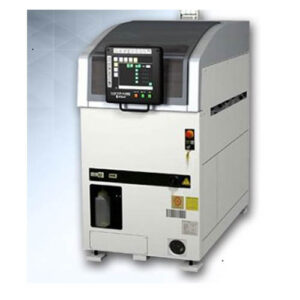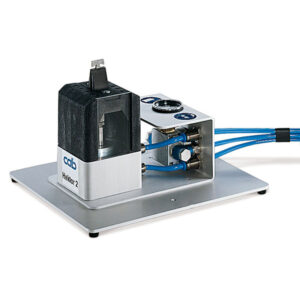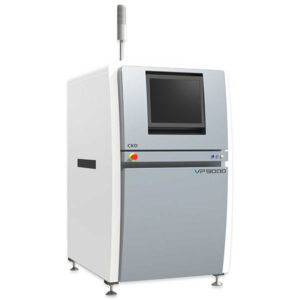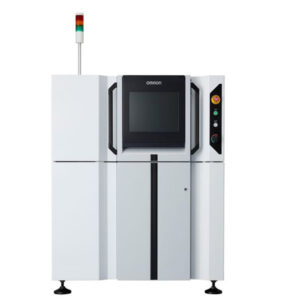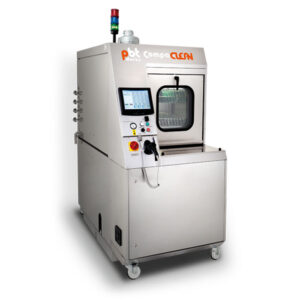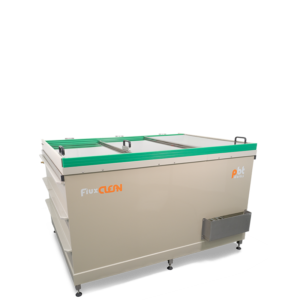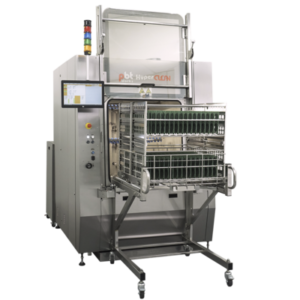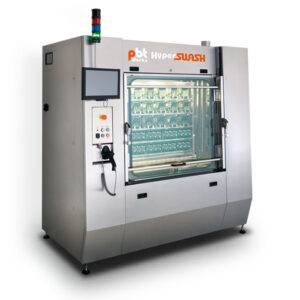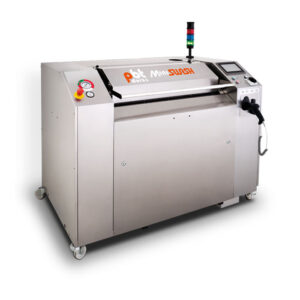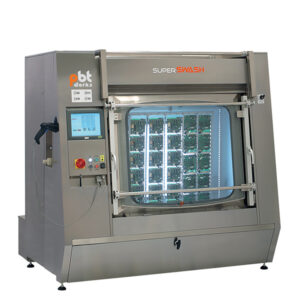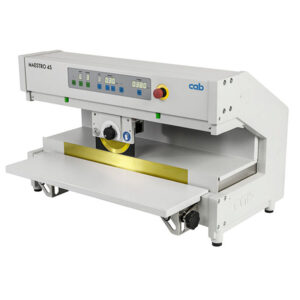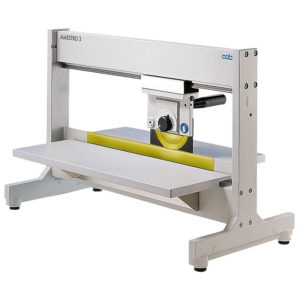SMT Line & Automatic Soldering Machines
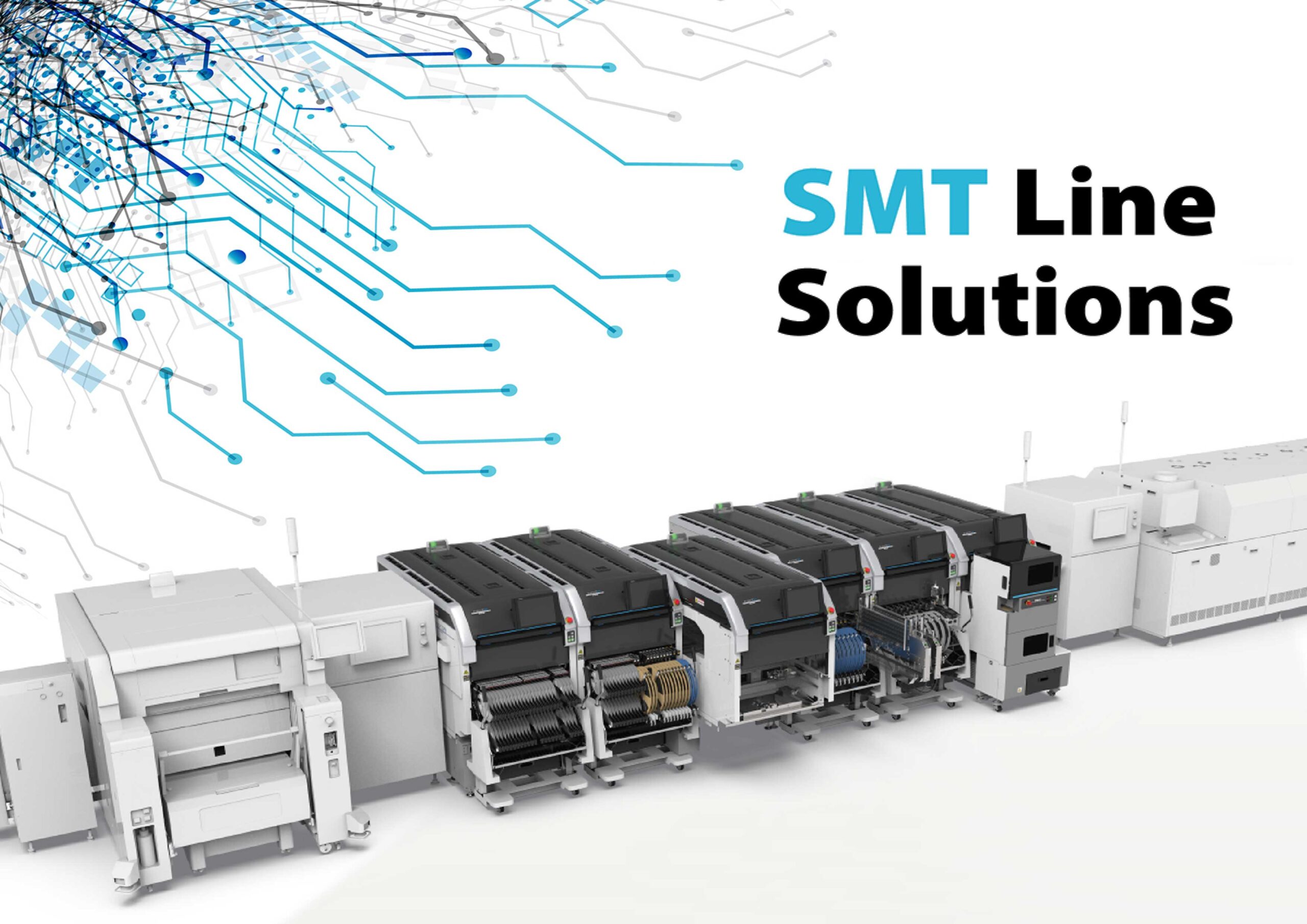
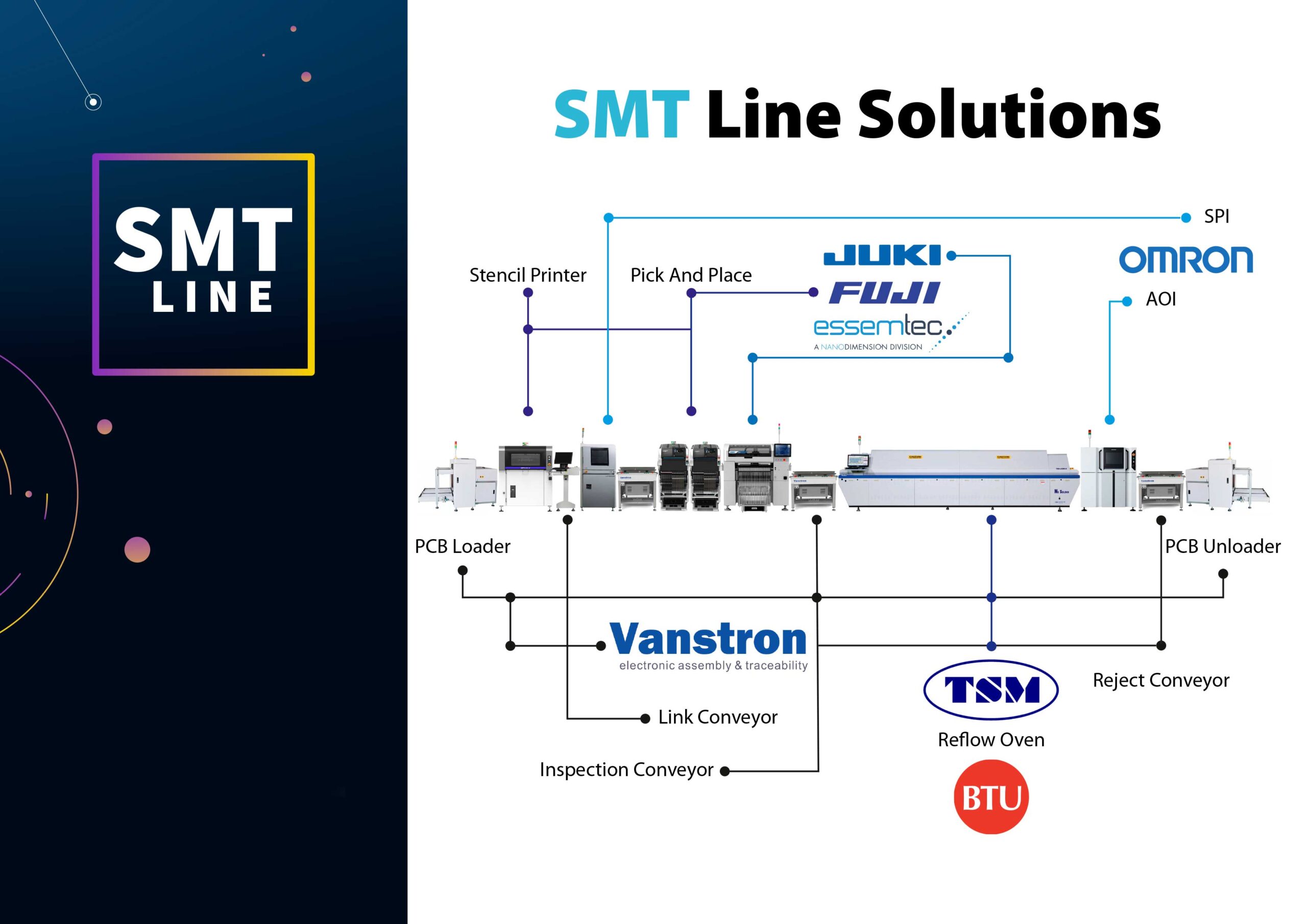
Surface-mount technology (SMT) is a method in which the components are mounted or placed directly onto the surface of a printed circuit board (PCB). An electronic device so made is called a surface-mount device (SMD).
The SMT line consists of specially selected equipment, a solder paste screen printer or a dispenser, a reflow soldering oven and automated optical inspection.
Electronic assembly encompasses not only placing and soldering components to the PCB, but also the following production steps:
Applying Soldering Paste
Applying soldering paste is one of the first steps in the SMT assembly process. Soldering paste is “printed” on the boards. Also in some cases a dispenser system can be used. Depending on the design of the board, different stainless-steel stencils for “printing” the paste onto the board and various product-specific pastes are used. After placing the soldering paste on the boards, a soldering paste inspection is performed to ensure that the paste is evenly and correctly applied. Once the accuracy of the soldering paste application has been confirmed, the boards are transferred to the SMT assembly line, where the components will be soldered.
Component Placement and Assembly
The electronic components to be assembled come in trays or reels, which loaded into the SMT machine. During the loading process, intelligent software systems ensure that components are not inadvertently switched or misloaded. The SMT assembly machine then automatically removes each component with a vacuum pipette from its tray or reel and places it on its correct position on the board using precise pre-programmed X-Y coordinates. After the SMT assembly is completed, the boards are moved on to the Reflow ovens for soldering.
Component Soldering
To solder electronic components, reflow-soldering process is used. During this process, boards are gradually warmed up with heated air or until the soldering paste melts and the flux vaporizes. After this stage, the boards are cooled off. As the soldering paste hardens, the components become permanently affixed to the board and the SMT assembly process is completed.
Automated Optical Inspection
In order to ensure the quality of the assembled boards, or to catch and correct a mistake, AOI visual inspections are performed for almost all series production orders. Using several cameras, the AOI system automatically checks each board and compares the appearance of each board with the correct, pre-defined reference image. If there is any deviation, the operator of the machine is informed of the potential problem, who then corrects the mistake or pulls the board from the machine for further inspection. The Automated Optical Inspection visual check ensures consistency and accuracy in the SMT assembly production process.
Types of SMT production lines: SMT production line according to the degree of automation can be divided into automatic production lines and semi-automatic production lines. Also in accordance with the size of the production line It can be divided into large, medium and small production lines.
We offer SMT machinery for the complete SMT production lines.
Showing 25–36 of 134 results

